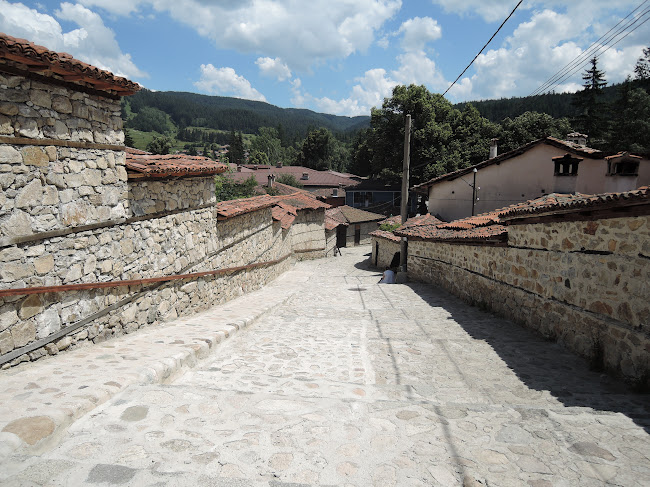Back in Sofia for our last day, we decided to visit the Ethnographic Museum. These costumes and embroideries are from the 19th century.
We also visited the Archaeological Museum. There was a lot of interesting stuff to see here.
These are stelae (ancient gravestones) from the 3rd-4th century. They honor all of the members of the family.
These 2nd century stelae are depicting funeral feasts. In the left one the woman is holding a child. In both of them the little people at the bottom are servants.
These decorative slabs are from the 2nd-3rd century. The first one is a personification of a river deity. Notice the little boat in the bottom right corner and the fish in his hand.
This one is the personification of the Nile River. I like the alligator at the bottom.
These are 2nd-3rd century votive tablets depicting the three nymphs.
These are from 5000-6000 BC.
I love this little 'Casper' fellow.
This gold pectoral is from 400 BC.
These are from 200-300 AD.
On the way back to the hotel we passed the National Library.
And the former Central Mineral Baths which is now the Regional Historical Museum.
And that marks the end of our tour of Bulgaria.




























































